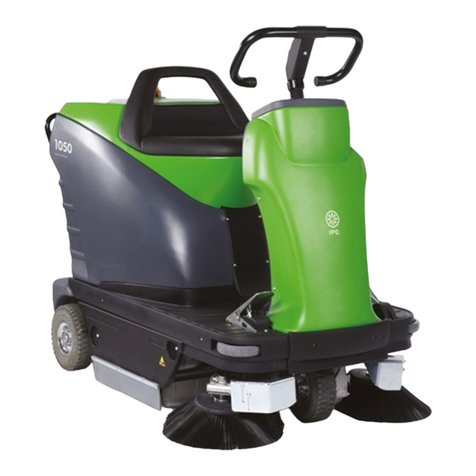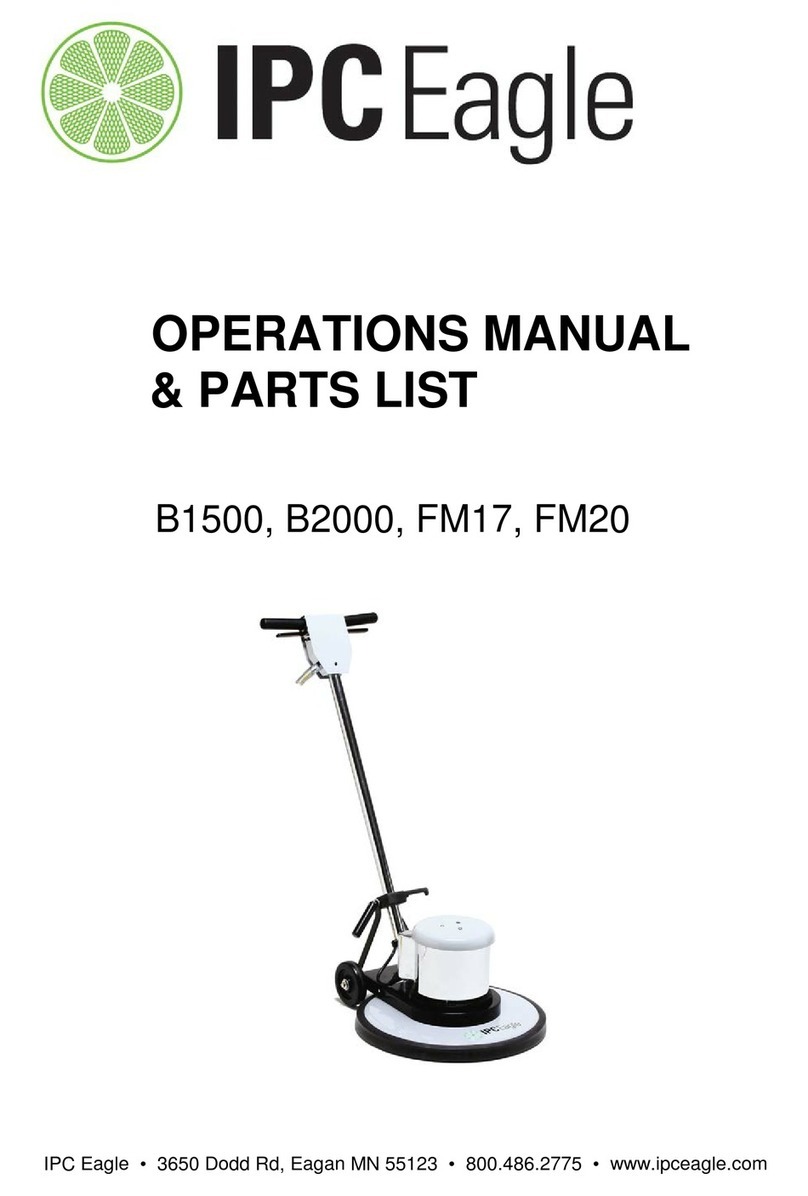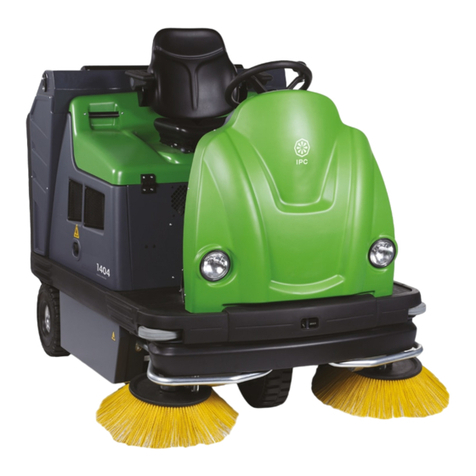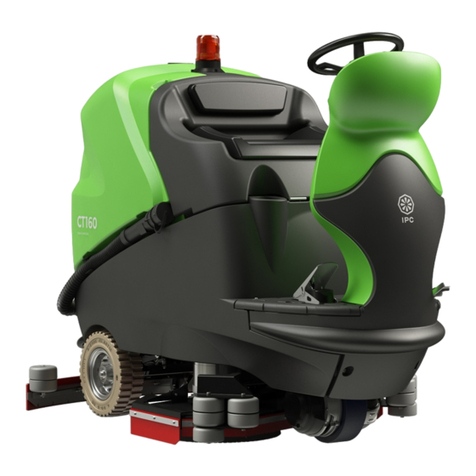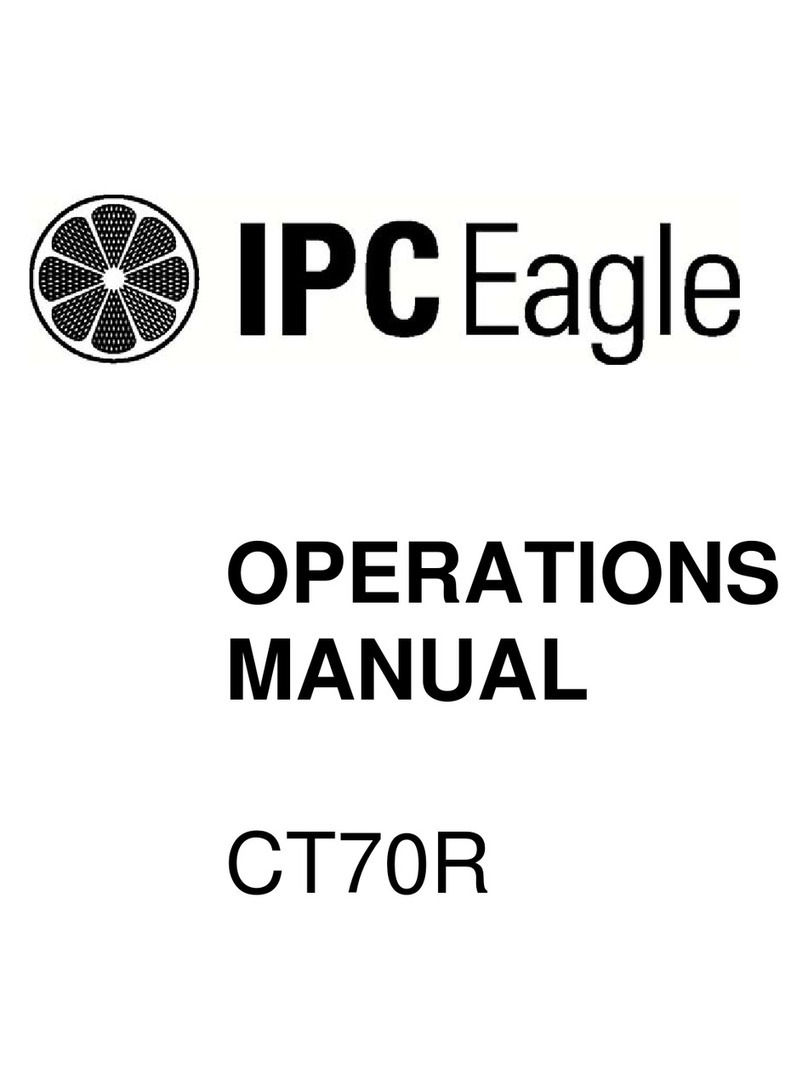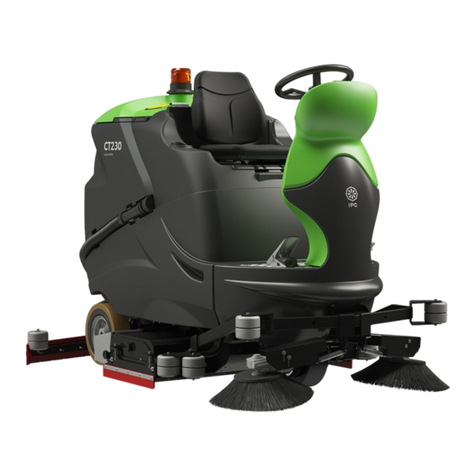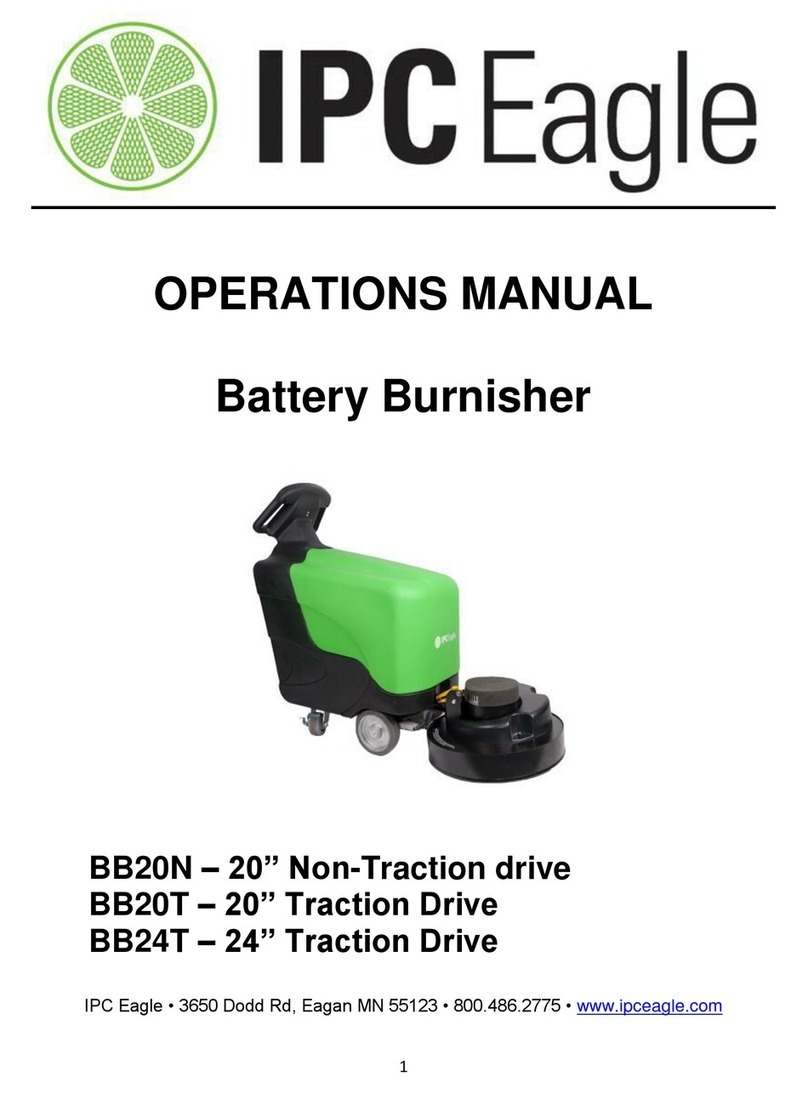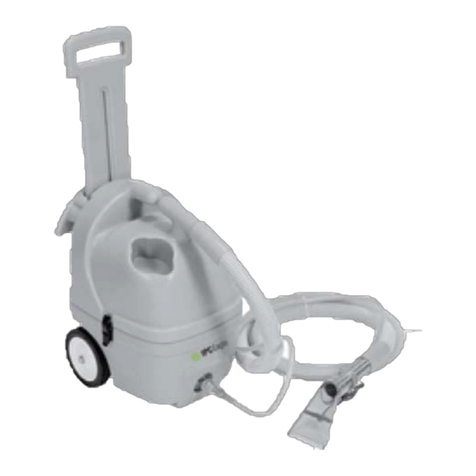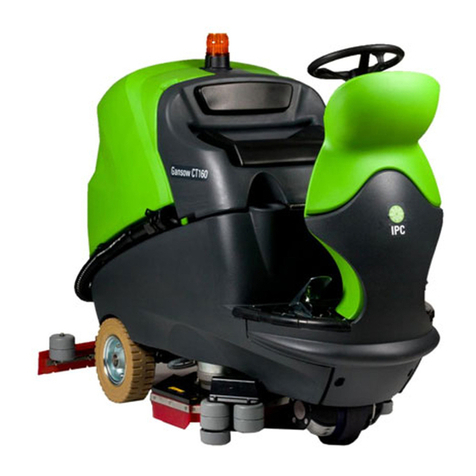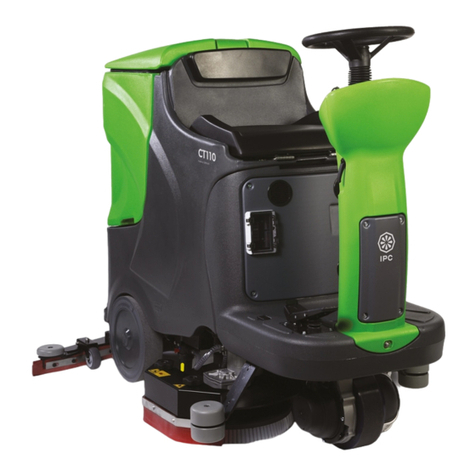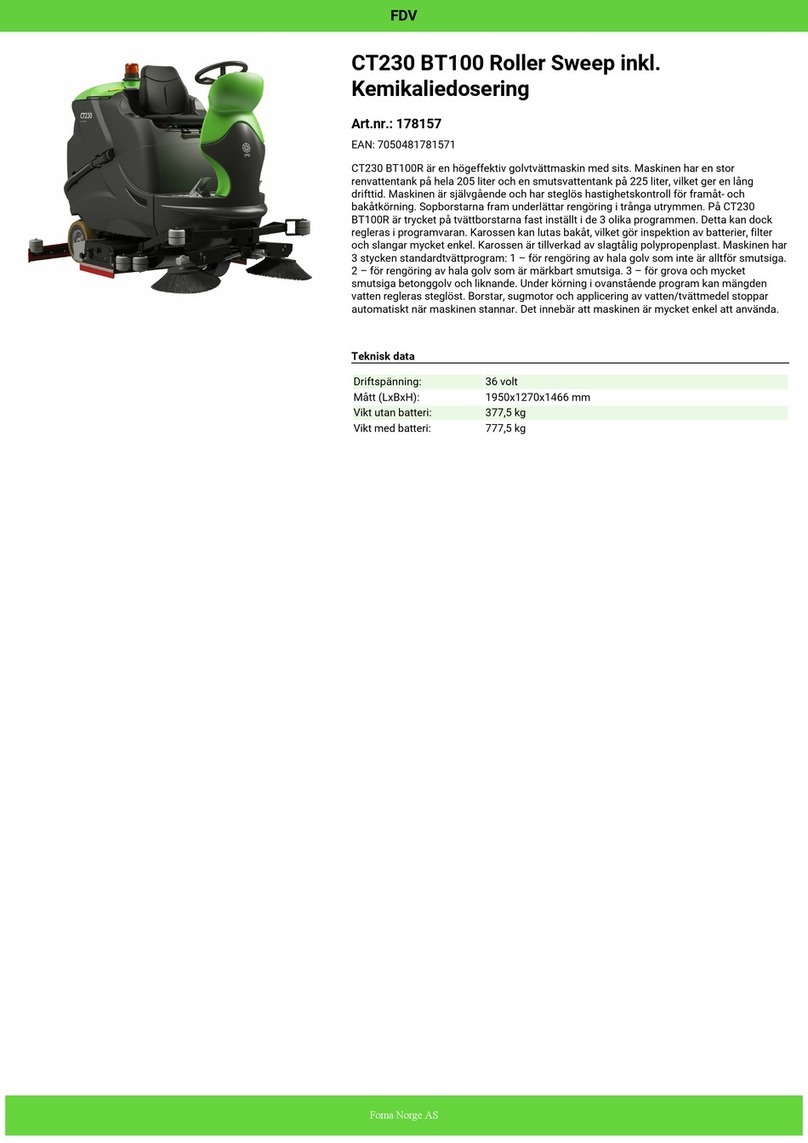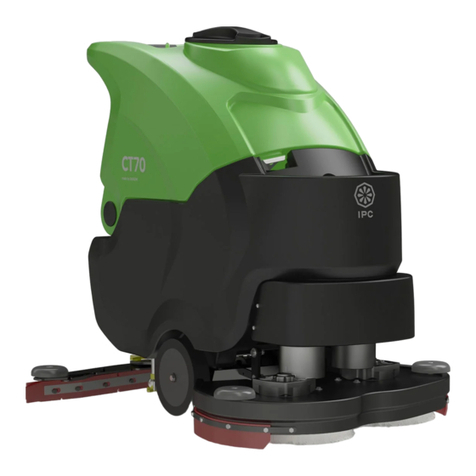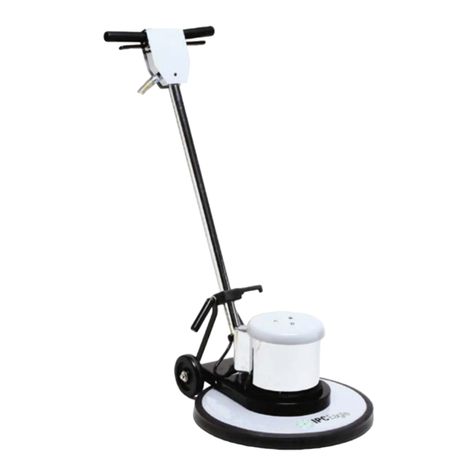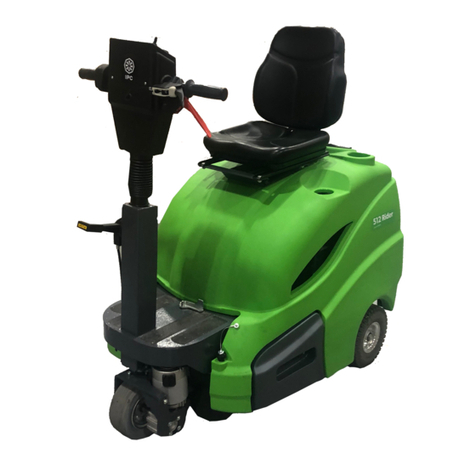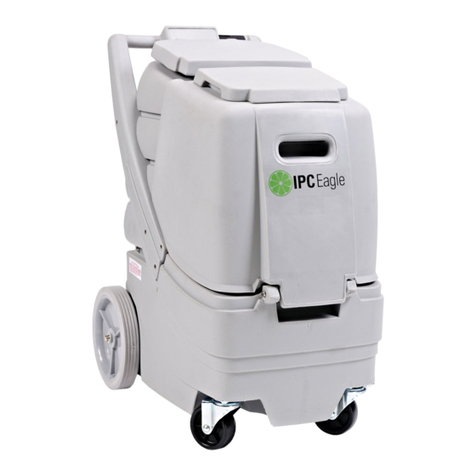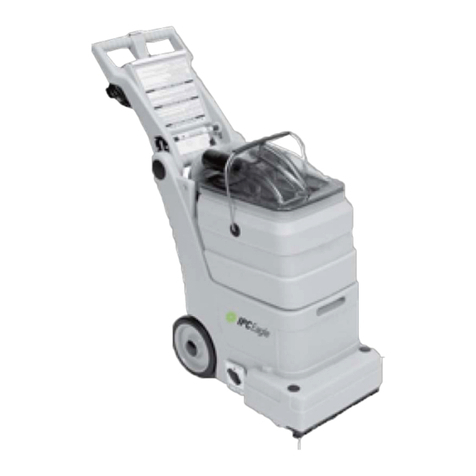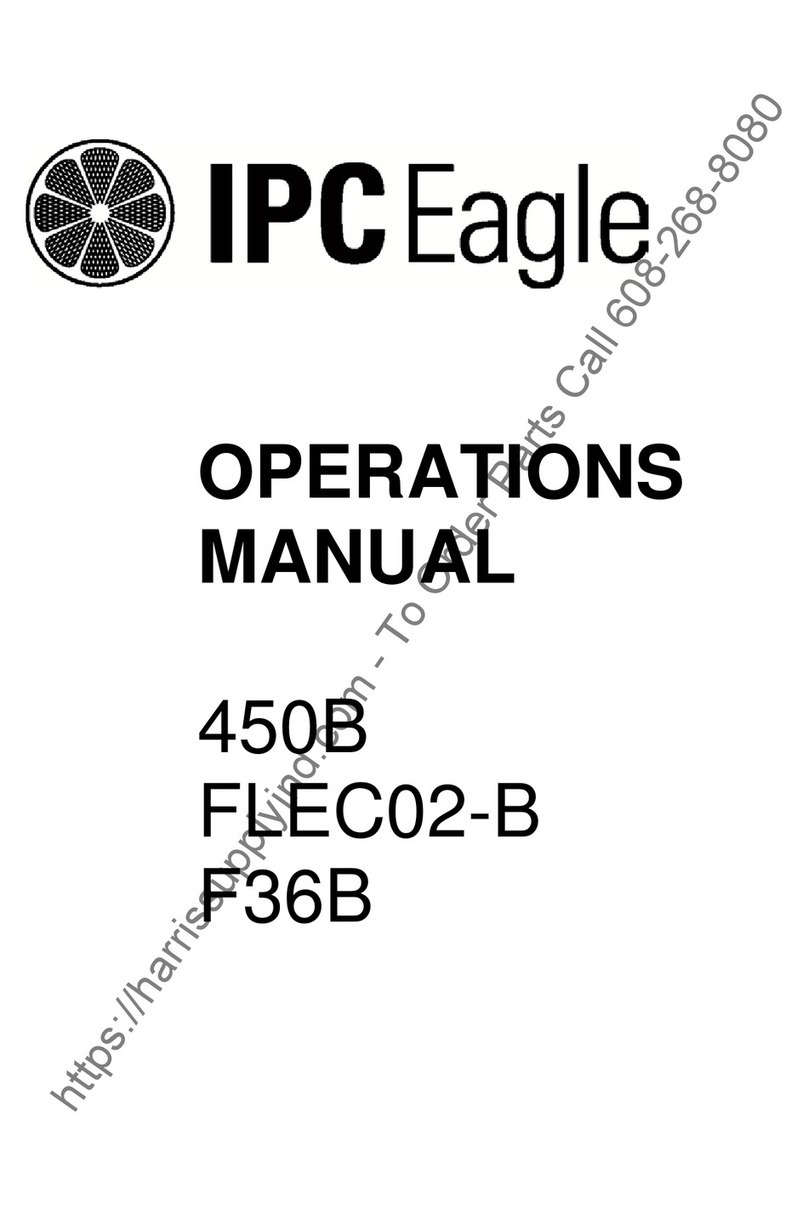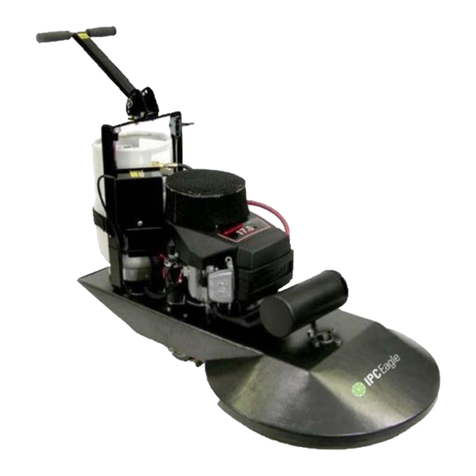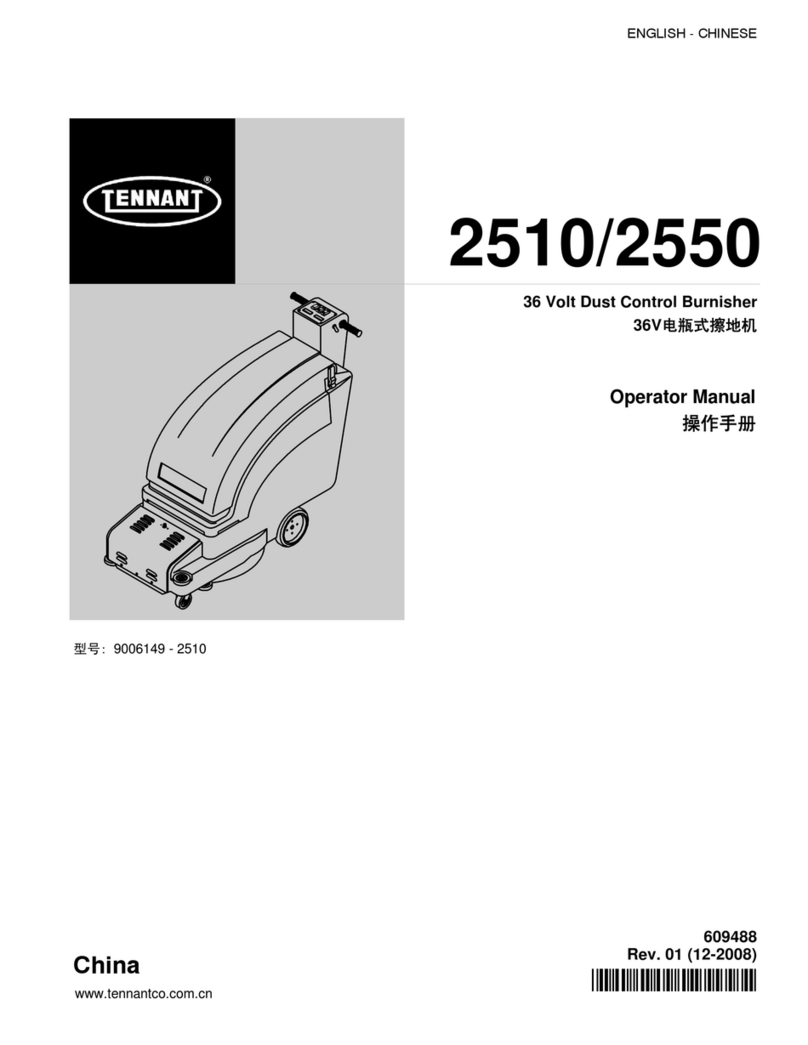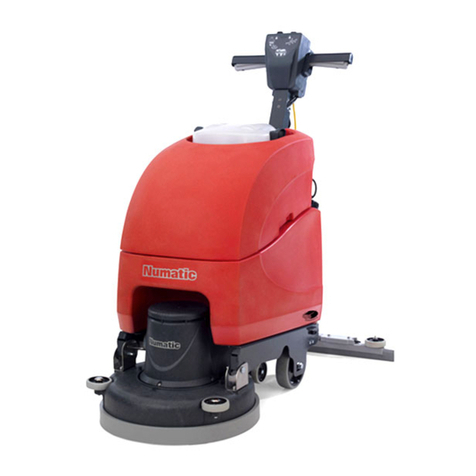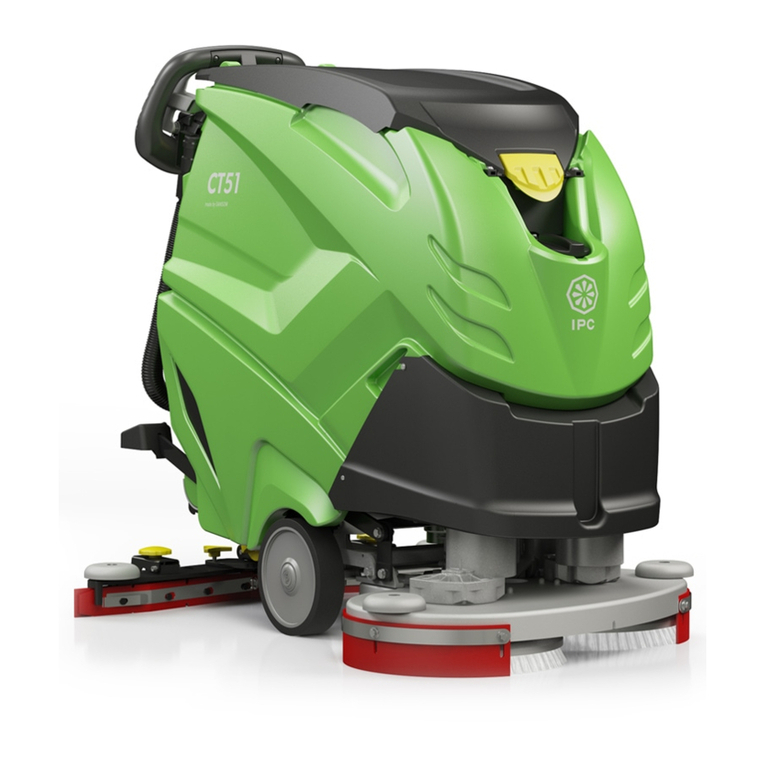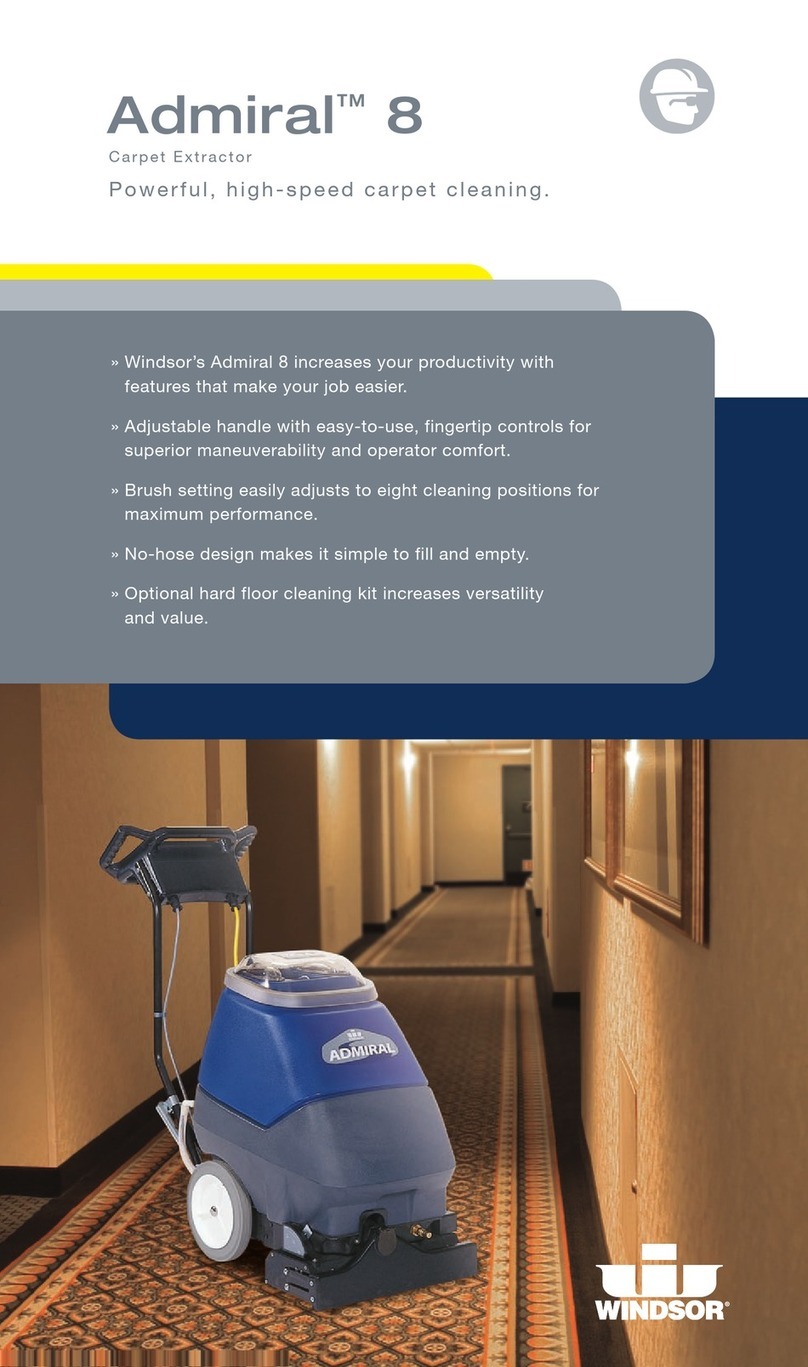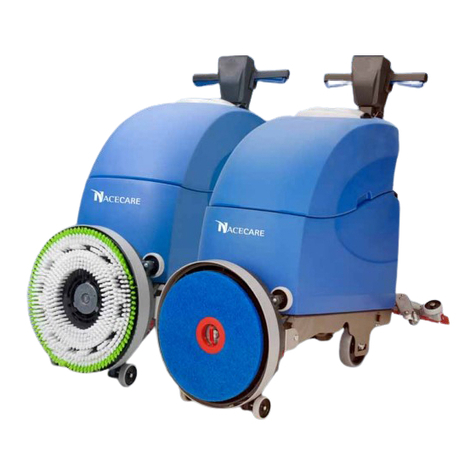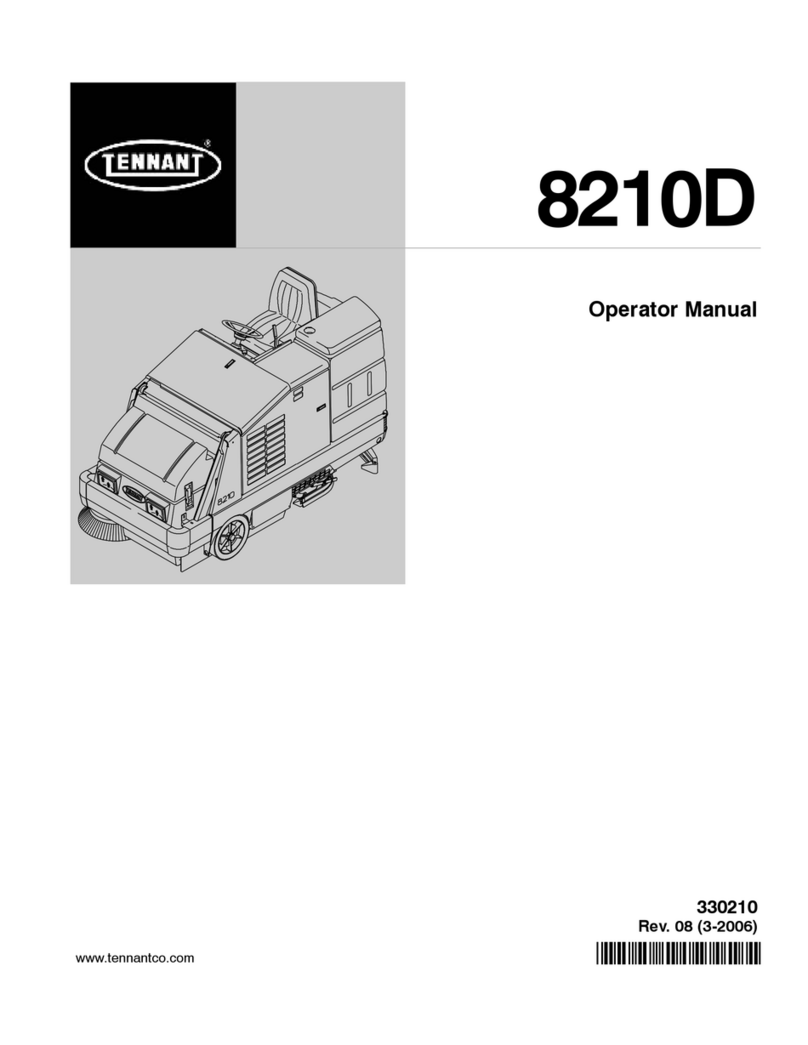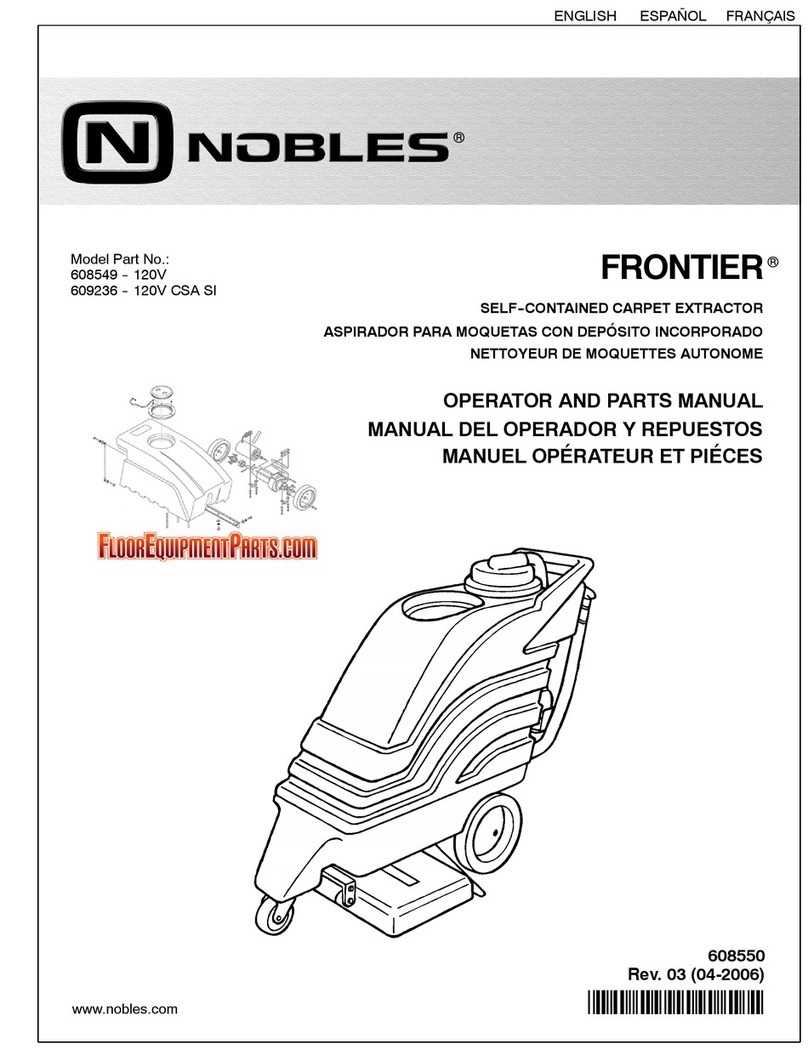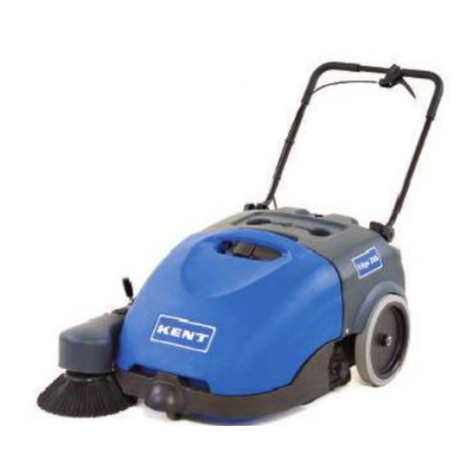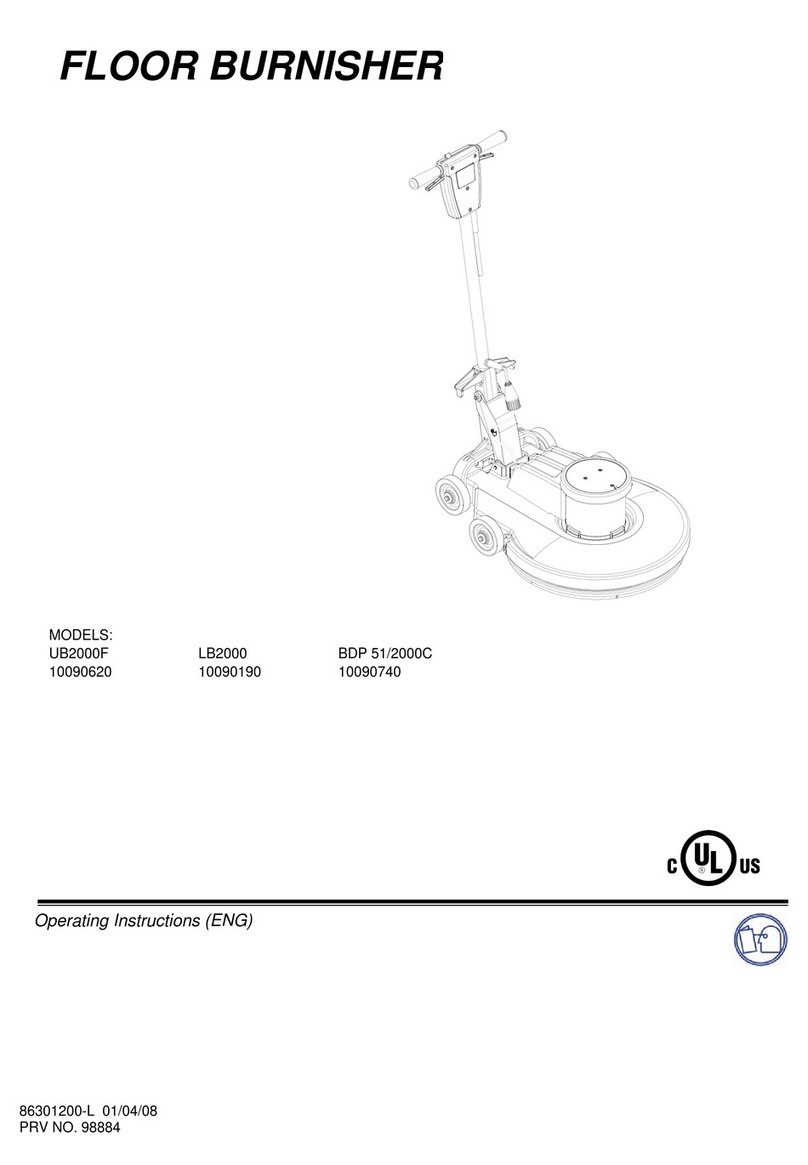
Propane Safety
Introduction
Propane is a flammable gas whose vapors are
heavier than air. As is the case with gasoline, propane can
explode if the propercautions are not heeded. Propane is
odorized with an agenthaving a distinct odor that is recog-
nizable at very lowconcentrations. This helps in identifying
leaks, even when they are small.
Awareness and basic safety precautions are required
when working with propane. As long as these precautions
are followed,risk is negligible. Ignorance, however, could
pose needless risk.
The two greatest hazards with propane powered floor care
machines are:
Carbon Monoxide Poisoning: This is the most
frequently reported incident associated with propane
powered floor care machines and is caused by excessive
exhaust emissions. The symptoms are headache,
dizziness and nausea. A major cause involves engines
with poor preventive maintenance practices, usually those
with dirty air filters and machines operated in confined areas
without adequate ventilation. Another cause may be sub-
standard, inexpensive machines with no emissions control
technology and improperly set carburetion.
Overfilled Fuel Cylinders: Nearly all fire related
incidents reported result from bringing a cylinder into a
building without first checking for overfill. This action is
dangerous, unwise, and unnecessary.
Operating a propane powered floor care machine is not
difficult and is safe. However, as in operating any piece of
equipment, whether it be an automobile, lawnmower, power
boat, etc., safely operating a propane powered floor care
machine does require a basic knowledge of the equipment,
it’s safety features, safe work practices and routine mainte-
nance of the machine.
Why Use Propane?
1. Propane is a clean burning, efficient and reliable fuel.
2. It has the unique characteristic of being a gas at
atmospheric pressure and liquid when stored in a cylinder
under moderate pressure. Upon release of the pressure it
easily vaporizes to become a gas. It is in the gaseous state
that it mixes with air and can power vapor draw engines
used on floor care machines.
3. Propane is economical. It is also portable, which makes it
preferable over electric units for locations having few
electrical outlets.
4. Propane is extremely concentrated in it’s liquid state. One
cubic foot of liquid propane will expand to 270 feet (82 m) of
gaseous vapor at atmospheric pressure.
5. Propane is environmentally friendly. Because of it’s
molecular structure it burns it burns cleanly and
produces low hydrocarbon and carbon monoxide
emissions, far below the standards set by EPA. The
OSHA limit is 50 parts per million of carbon
monoxide over an 8 hour period. A properly
maintained propane powered floor machine
produces less than 10 parts per million carbon
monoxide in the ambient or surrounding air, much
less than is experienced in normal automobile traffic.
6. Propane gas is heavier than air. If it leaks or vents
from the cylinder it will settle close to the floor and
stay there.
7. Propane is non-toxic, unlike gasoline, diesel,
methanol and ethanol. Propane is only a slight risk
to health.
8. Propane has odor added for easy detection. Since
raw propane has no odor, a small amount of an
odorant, ethyl mercaptan, is added to give propane
its characteristic pungent odor.
Fire Safety
Be aware of the potential dangers of fire or explosion when
using propane, and take normal fire-safety precautions.
• Fire: There is a possibility of fire from LPG vapor
leaking or venting from fuel cylinders or carburetion
equipment.
• Explosion: LPG vapor concentrated or confined to
a small, restricted space may explode or ignite.
• Propane may experience a BLEVE, a boiling liquid
expanding vapor explosion.
Emissions
All propane powered floor care machines produce
emissions. Most are harmless, but some are dangerous and
can be fatal. Carbon monoxide (CO) poses the greatest risk,
since CO can be lethal within as little as 30 minutes
exposure at 3,000 parts per million (ppm) concentration.
Carbon monoxide is an invisible, odorless, colorless gas
created when fossil fuels (such as gasoline, wood, coal,
propane, oil and methane) burn incompletely. In the home,
heating and cooking equipment are possible sources are
possible sources of carbon monoxide. Vehicles running in
an attached garage could also produce dangerous levels of
carbon monoxide. Any internal combustion engine not
maintained properly can also produce harmful levels of CO.
